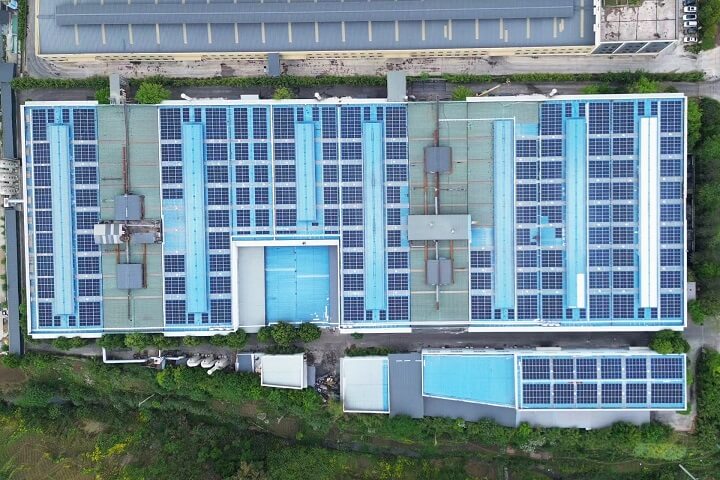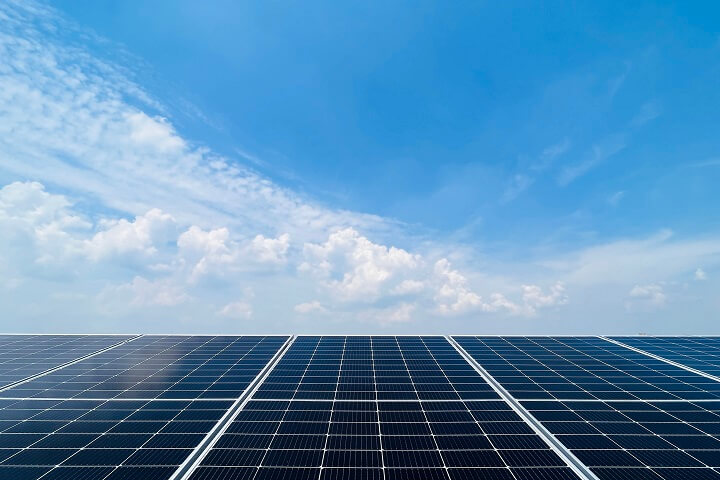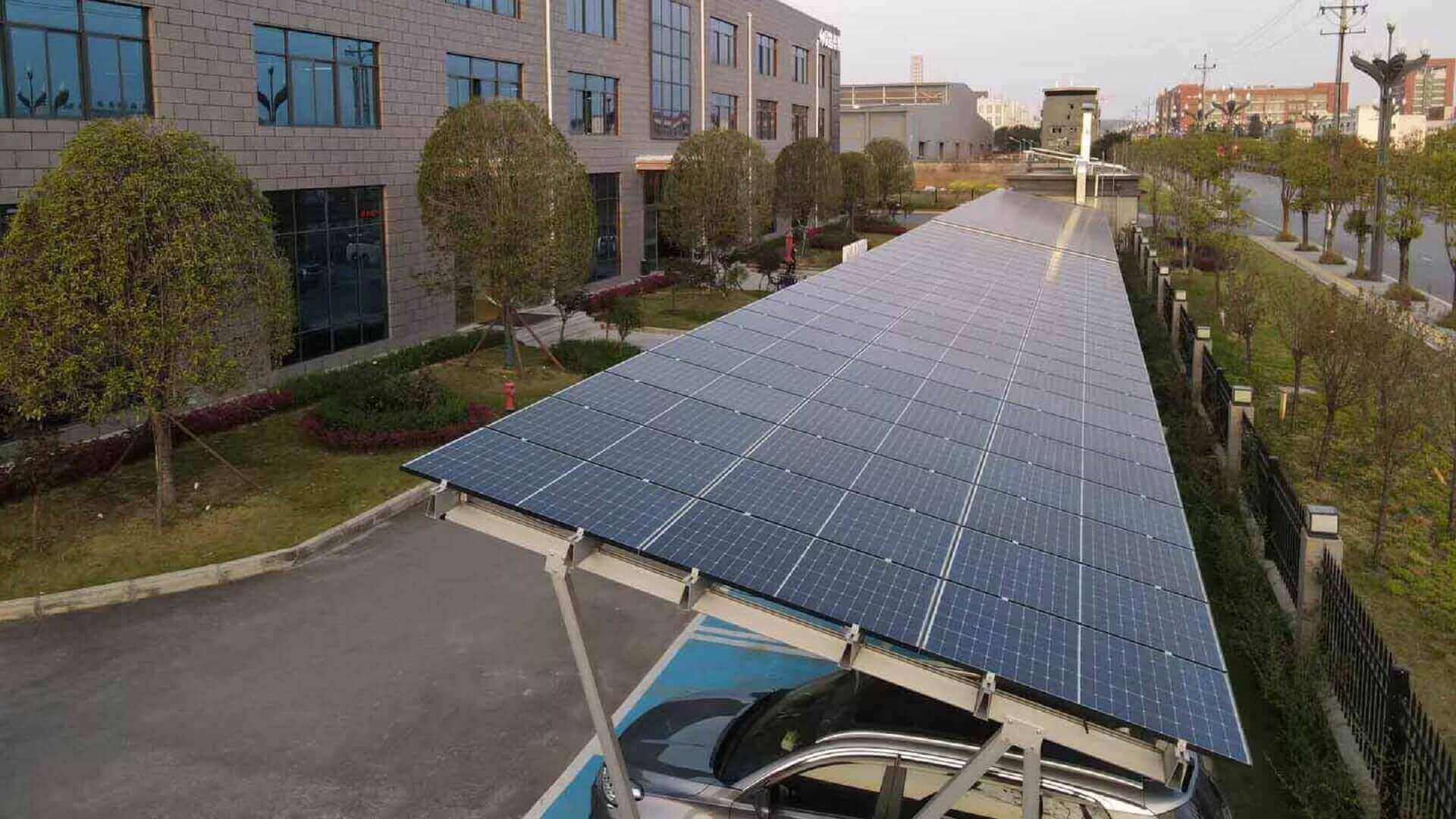////// Flexible PV Module Mfr
-
Our Businesses
Residential Projects

HG solar modules combine the best features of cell technologies to achieve best performance levels at your service, which ensures HG solar modules achieve maximum luminous efficiency under real, day to day conditions, even under cloudy skies.
Know MoreCommercial Projects

With proven track record of reliability, durability, and cost-effectiveness, HG solar modules provide with over 25 years effective working time; HG solar modules have paved the way for a sustainable and cleaner future for commercial usage.
Know MoreUtility Projects

HG solar module, stand through extreme weather conditions and acid-base climate, due to its incredible durability and intelligent design; HG solar modules are packed with features that have rapidly made them a favorite for solar modules around the globe utility projects.
Know More -
Locations
Welcome to HG Group
You are currently on the HG Group Global Website.
You can come and have a factory inspection visit, we are so gladly to introduce to you our most advanced production line in the world..
Supported by Google Maps
-
Contact Us
Contact Us
Do you have any queries about the products or company?
Please do not hesitate to submit your concern.

Factory Location: Chongqing, China
Your Inquiry (Boxes marked * are mandatory.)
A New Era in Solar Power is Here
Global Climate Change

Energy is at the heart of the climate challenge – and key to the solution.
A large chunk of the greenhouse gases that blanket the Earth and trap the sun’s heat are generated through energy production, by burning fossil fuels to generate electricity and heat.
Fossil fuels, such as coal, oil and gas, are by far the largest contributor to global climate change, accounting for over 75 percent of global greenhouse gas emissions and nearly 90 percent of all carbon dioxide emissions.
The science is clear: to avoid the worst impacts of climate change, emissions need to be reduced by almost half by 2030 and reach net-zero by 2050.
To achieve this, we need to end our reliance on fossil fuels and invest in alternative sources of energy that are clean, accessible, affordable, sustainable, and reliable.
Renewable energy sources – which are available in abundance all around us, provided by the sun, are replenished by nature and emit little to no greenhouse gases or pollutants into the air.
Fossil fuels still account for more than 80 percent of global energy production, but cleaner sources of energy are gaining ground. About 29 percent of electricity currently comes from renewable sources.
Here are five reasons why accelerating the transition to clean energy is the pathway to a healthy, livable planet today and for generations to come.
1. Renewable energy sources are all around us
About 80 percent of the global population lives in countries that are net-importers of fossil fuels -- that’s about 6 billion people who are dependent on fossil fuels from other countries, which makes them vulnerable to geopolitical shocks and crises.
In contrast, renewable energy sources are available in all countries, and their potential is yet to be fully harnessed. The International Renewable Energy Agency (IRENA) estimates that 90 percent of the world’s electricity can and should come from renewable energy by 2050.
Renewables offer a way out of import dependency, allowing countries to diversify their economies and protect them from the unpredictable price swings of fossil fuels, while driving inclusive economic growth, new jobs, and poverty alleviation.
2. Renewable energy is cheaper
Renewable energy actually is the cheapest power option in most parts of the world today. Prices for renewable energy technologies are dropping rapidly. The cost of electricity from solar power fell by 85 percent between 2010 and 2020.
Falling prices make renewable energy more attractive all around – including to low- and middle-income countries, where most of the additional demand for new electricity will come from. With falling costs, there is a real opportunity for much of the new power supply over the coming years to be provided by low-carbon sources.
Cheap electricity from renewable sources could provide 65 percent of the world’s total electricity supply by 2030. It could decarbonize 90 percent of the power sector by 2050, massively cutting carbon emissions and helping to mitigate climate change.
3. Renewable energy is healthier
According to the World Health Organization (WHO), about 99 percent of people in the world breathe air that exceeds air quality limits and threatens their health, and more than 13 million deaths around the world each year are due to avoidable environmental causes, including air pollution.
The unhealthy levels of fine particulate matter and nitrogen dioxide originate mainly from the burning of fossil fuels. In 2018, air pollution from fossil fuels caused $2.9 trillion in health and economic costs, about $8 billion a day.
Switching to clean sources of energy, such as solar, thus helps address not only climate change but also air pollution and health.
4. Renewable energy creates jobs
Every dollar of investment in renewables creates three times more jobs than in the fossil fuel industry. The IEA estimates that the transition towards net-zero emissions will lead to an overall increase in energy sector jobs: while about 5 million jobs in fossil fuel production could be lost by 2030, an estimated 14 million new jobs would be created in clean energy, resulting in a net gain of 9 million jobs.
In addition, energy-related industries would require a further 16 million workers, for instance to take on new roles in manufacturing of electric vehicles and hyper-efficient appliances or in innovative technologies such as hydrogen. This means that a total of more than 30 million jobs could be created in clean energy, efficiency, and low-emissions technologies by 2030.
Ensuring a just transition, placing the needs and rights of people at the heart of the energy transition, will be paramount to make sure no one is left behind.
5. Renewable energy makes economic sense
About $5.9 trillion was spent on subsidizing the fossil fuel industry in 2020, including through explicit subsidies, tax breaks, and health and environmental damages that were not priced into the cost of fossil fuels.
In comparison, about $4 trillion a year needs to be invested in renewable energy until 2030 – including investments in technology and infrastructure – to allow us to reach net-zero emissions by 2050.
The upfront cost can be daunting for many countries with limited resources, and many will need financial and technical support to make the transition. But investments in renewable energy will pay off. The reduction of pollution and climate impacts alone could save the world up to $4.2 trillion per year by 2030.
Moreover, efficient, reliable renewable technologies can create a system less prone to market shocks and improve resilience and energy security by diversifying power supply options.
Last Updated: April 13, 2023



